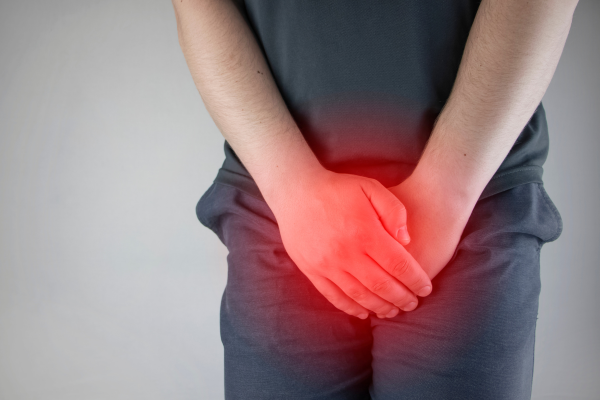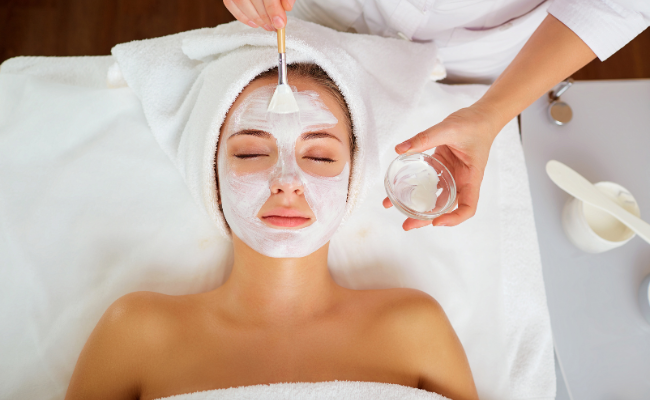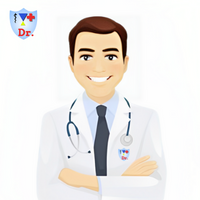How to Treat Trichomycosis?
- October 04, 2023
- No Comments
What is Trichomycosis?
Trichomycosis, also referred to as trichobacteriosis, presents as a surface-level bacterial infection affecting the hair shafts. It is characterized primarily by the formation of bacterial nodules or concretions on the hair, causing aesthetic concerns and potential discomfort or itching. While not posing a severe health risk, trichomycosis can be bothersome. The responsible bacteria are typically of the Corynebacterium species, thriving in warm and damp environments. This bacterial infection may occur in regions such as underarm and pubic hair. While some cases may naturally resolve, others require intervention through the application of topical antibiotics to ensure effective treatment.
Why Does Trichomycosis Occur?
Trichomycosis occurs when specific bacteria, usually Corynebacterium, colonize the hair shafts. This is more likely to happen in regions of the body where there is a combination of warmth, moisture, and restricted air circulation. Common sites for trichomycosis include the axillary (underarm) region, genital area, and other body folds. The bacteria produce concretions on the hair shafts, forming visible nodules that can be white, yellow, or black in color.
How to Identify Trichomycosis?
Identification of trichomycosis is typically straightforward based on visual inspection. Clinically, it presents as small, colored nodules on the hair shafts. The affected hair may appear discolored, and there might be a mild odor associated with the concretions. Microscopic examination of the affected hair may reveal the presence of bacterial filaments and other characteristic features.
Treatment Solutions for Trichomycosis:
- Maintain Good Hygiene: The cornerstone of trichomycosis treatment is maintaining good hygiene. Regular cleansing of the affected area helps eliminate excess moisture and reduces bacterial colonization. Use mild, antibacterial soap to clean the area, and ensure thorough drying afterward.
- Shaving or Trimming: In some cases, shaving or trimming the affected hair may be recommended. This not only removes the concretions but also facilitates better penetration of topical treatments. However, shaving may not be suitable for all individuals, especially those with sensitive skin.
- Topical Antimicrobial Agents: The use of topical antimicrobial agents is a common approach in treating trichomycosis. These may include topical antibiotics, such as clindamycin or erythromycin, which can be applied directly to the affected area. It is crucial to follow the prescribed regimen and complete the full course of treatment.
- Antibacterial Shampoos: For trichomycosis affecting the scalp or beard area, antibacterial shampoos containing ingredients like ketoconazole or chlorhexidine may be recommended. Regular use of these shampoos helps control bacterial growth and prevents recurrence.
- Maintain Dryness: Since trichomycosis thrives in moist environments, it is essential to keep the affected area dry. Wearing loose-fitting clothing and using absorbent powders can help absorb excess moisture, creating an unfavorable environment for bacterial growth.
Benefit Points of Treating Trichomycosis:
- Improved Aesthetics: Treating trichomycosis eliminates the visible nodules on the hair shafts, improving the overall appearance of the affected area. This is particularly significant for individuals who may experience embarrassment or self-consciousness due to the condition.
- Relief from Discomfort: Trichomycosis can sometimes lead to itching or discomfort. By addressing the bacterial infection and maintaining good hygiene, individuals can experience relief from these symptoms.
- Prevention of Complications: While trichomycosis itself is not a severe condition, neglecting proper treatment may lead to complications. Bacterial infections can potentially spread or cause secondary skin issues. Timely and effective treatment helps prevent such complications.
- Reduced Risk of Recurrence: Following a comprehensive treatment plan, including good hygiene practices and the use of antimicrobial agents, reduces the risk of recurrence. Consistent preventive measures, such as keeping the affected area dry, further contribute to long-term management.
- Enhanced Self-Confidence: The visible improvement in the affected area and relief from symptoms contribute to enhanced self-confidence. Individuals who have experienced the aesthetic and comfort concerns associated with trichomycosis may regain a sense of normalcy and confidence after successful treatment.








.jpg)
Comments (0)
No comments yet